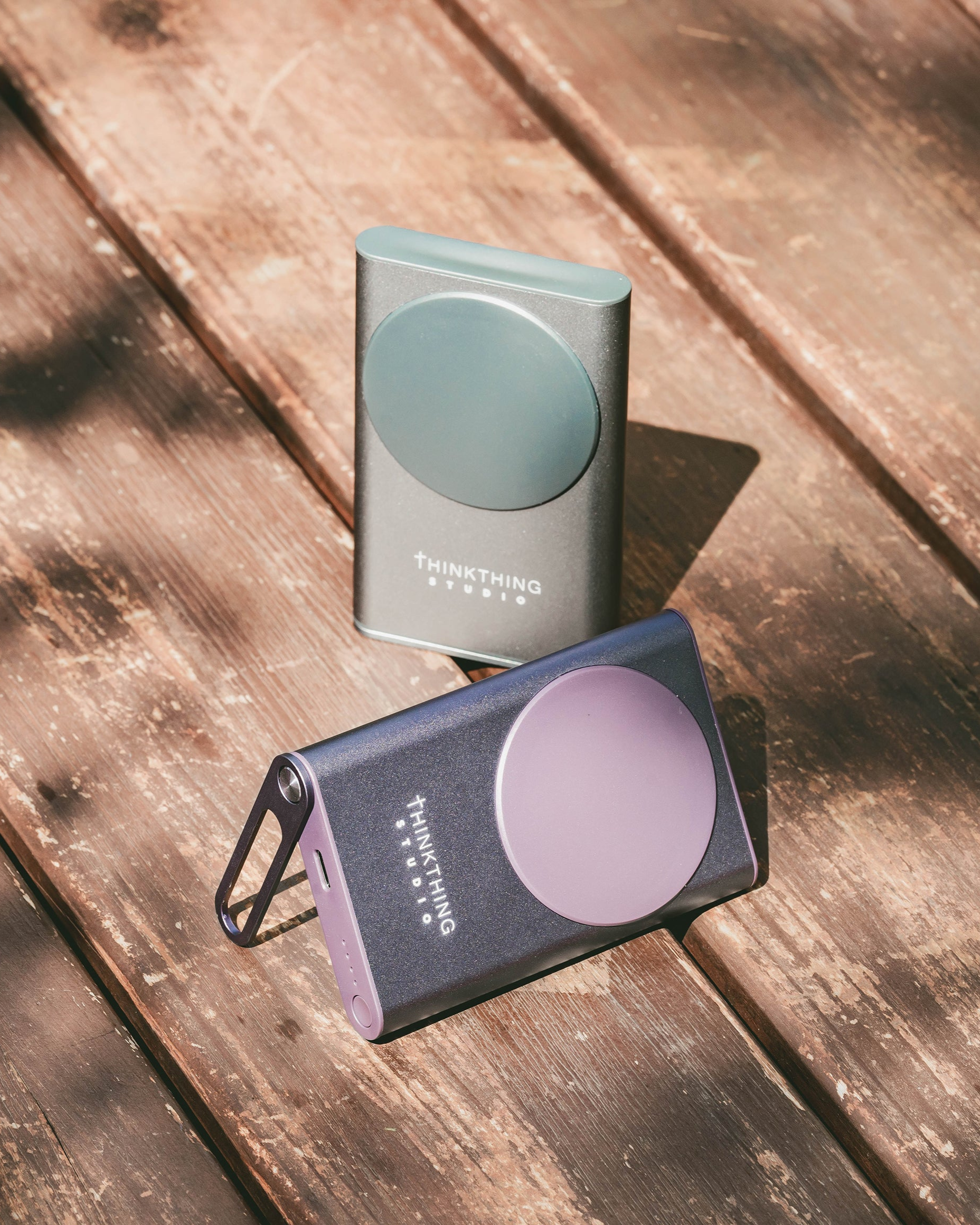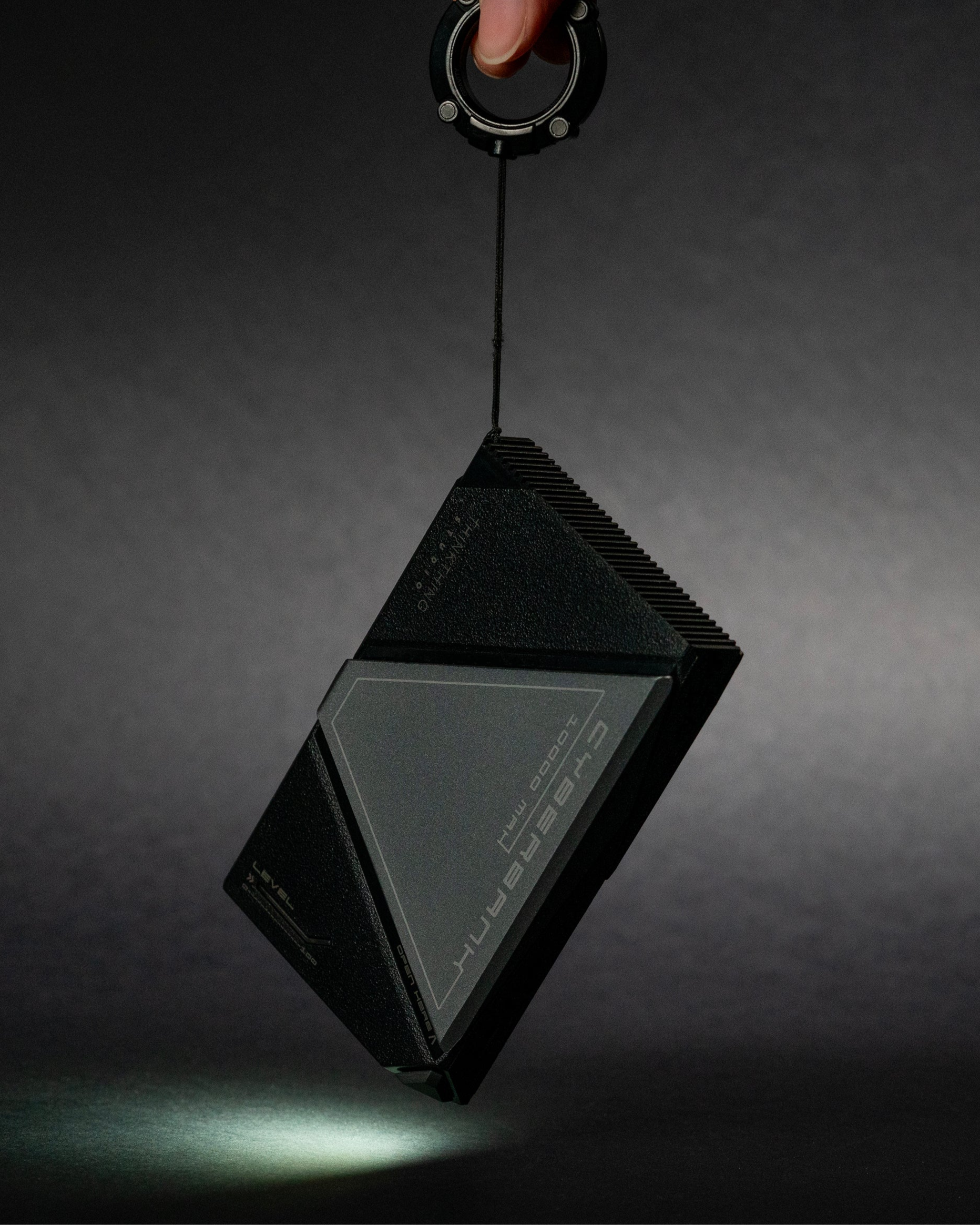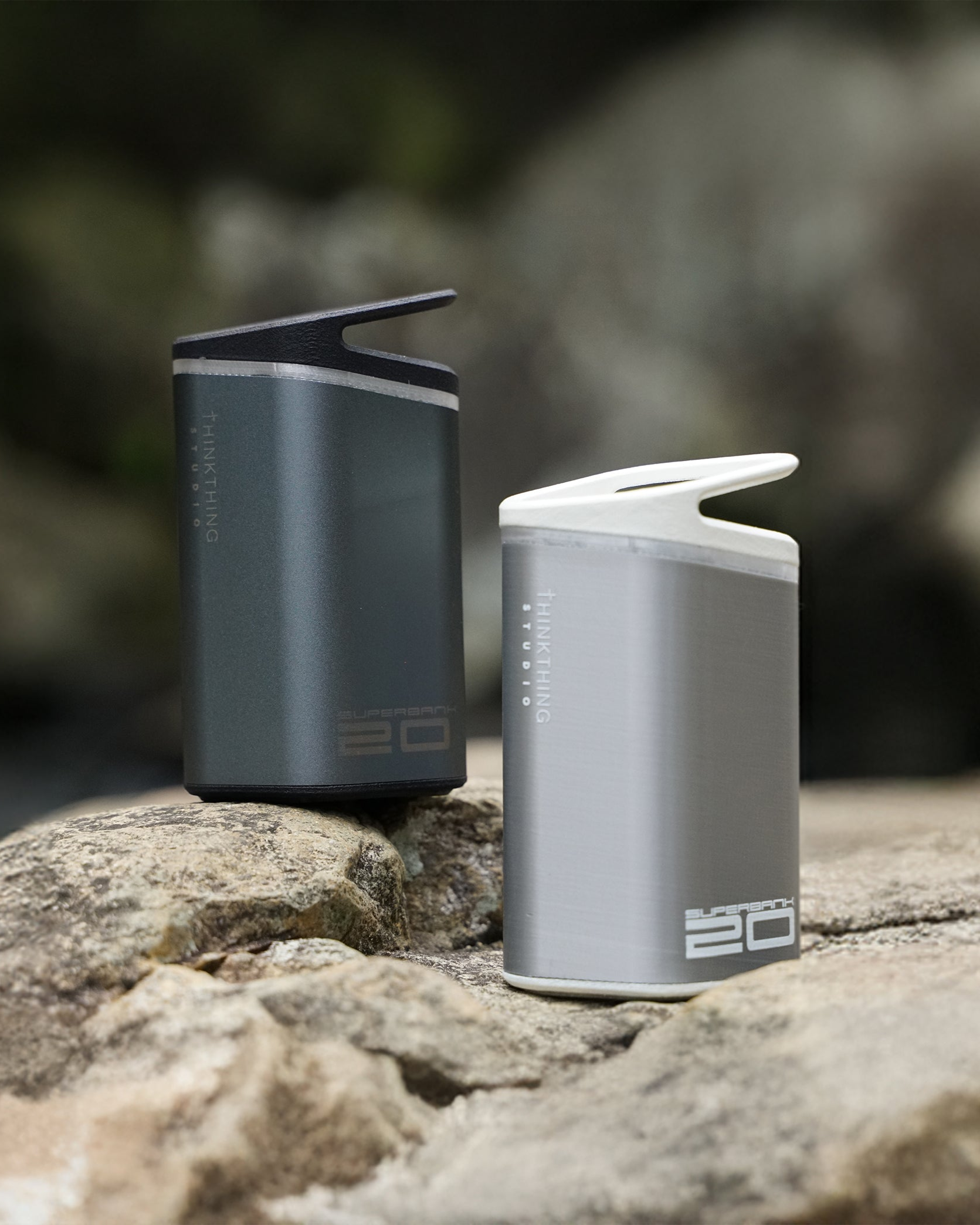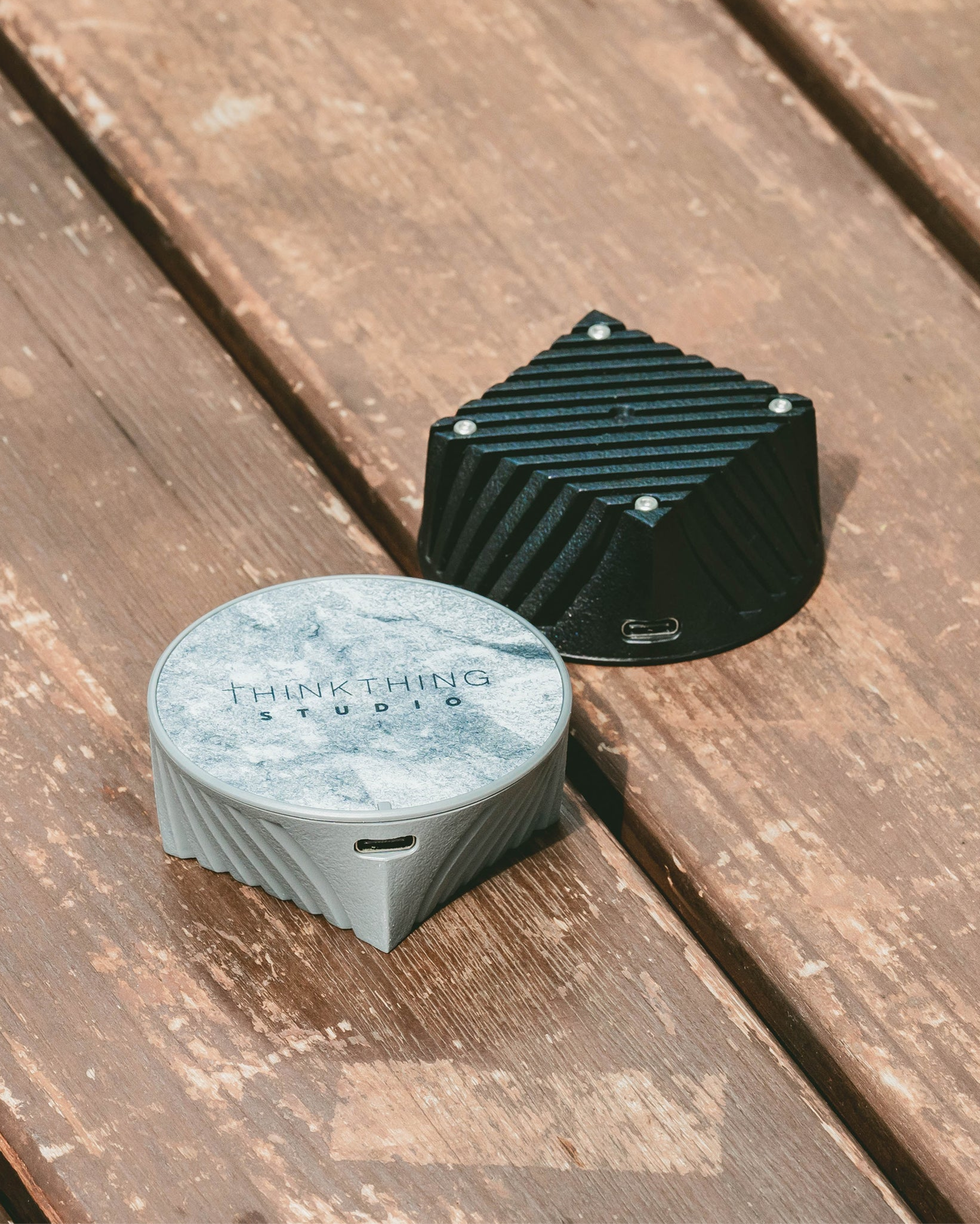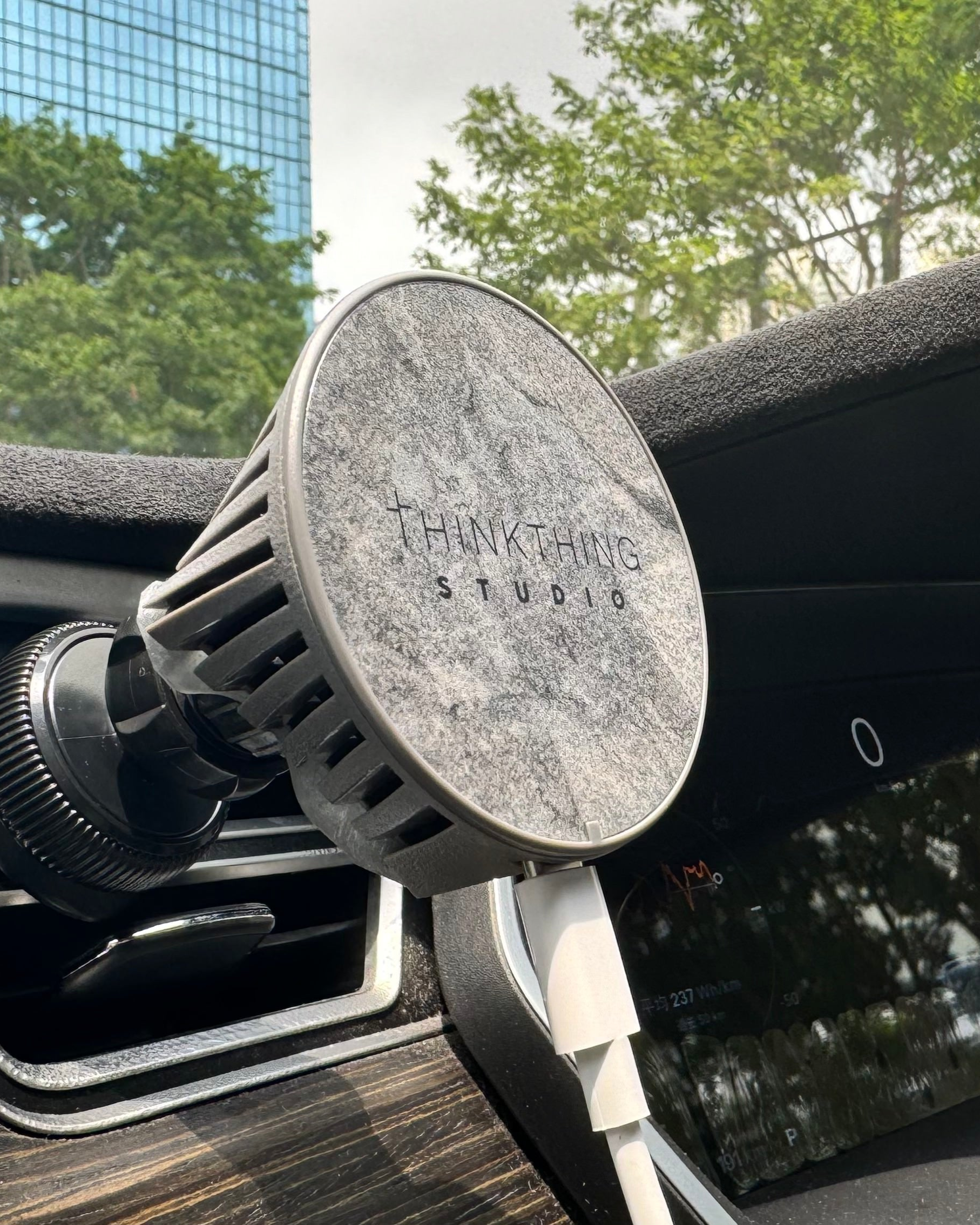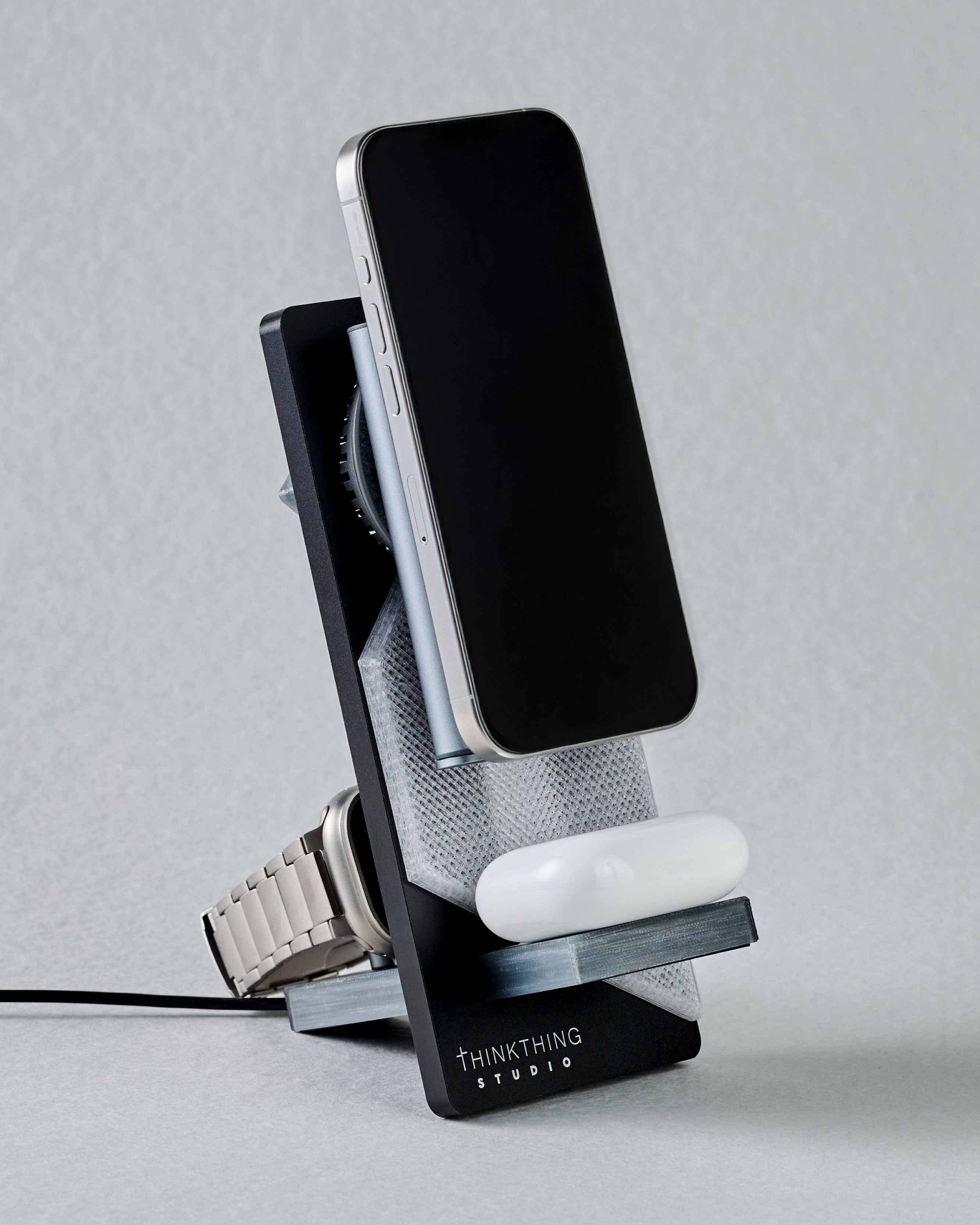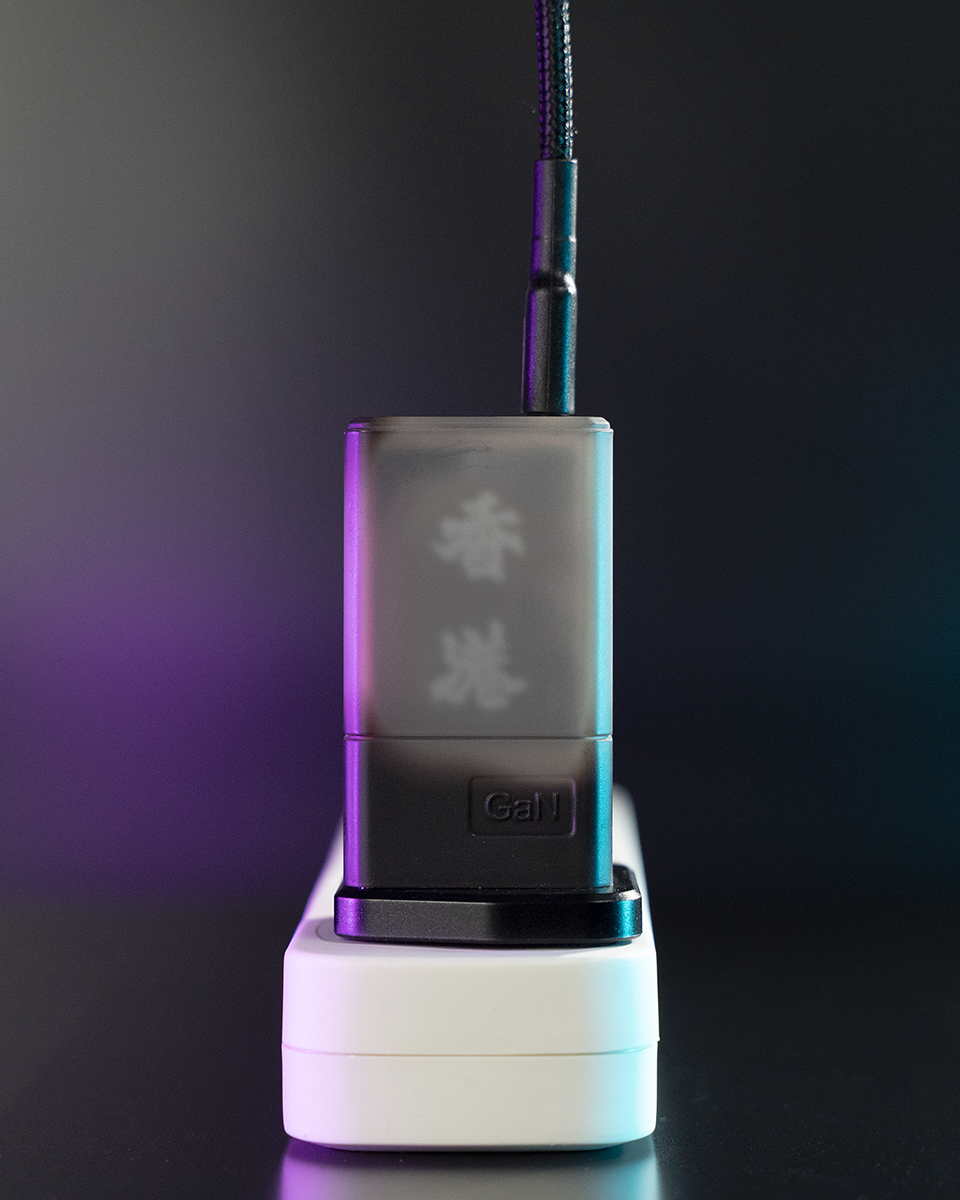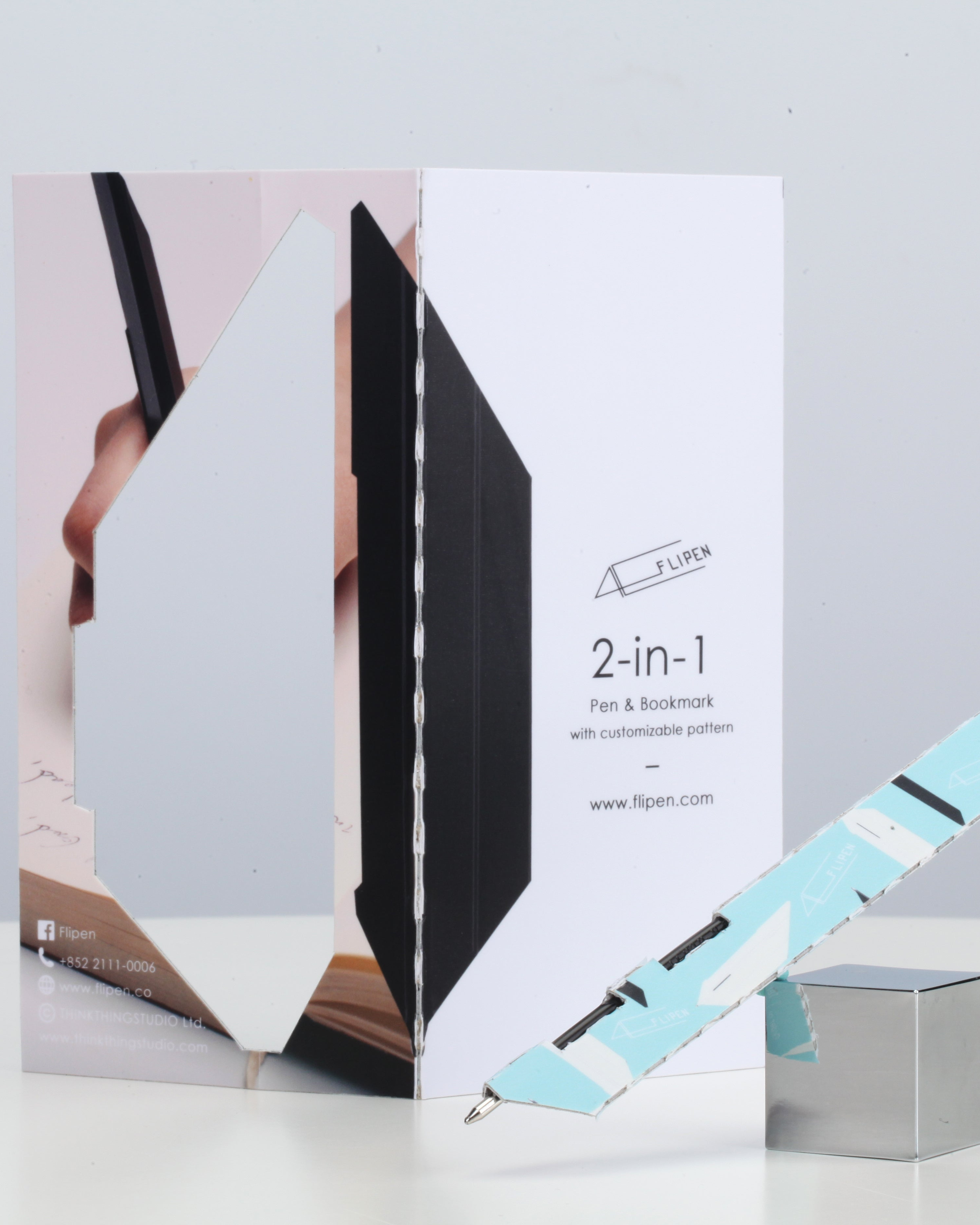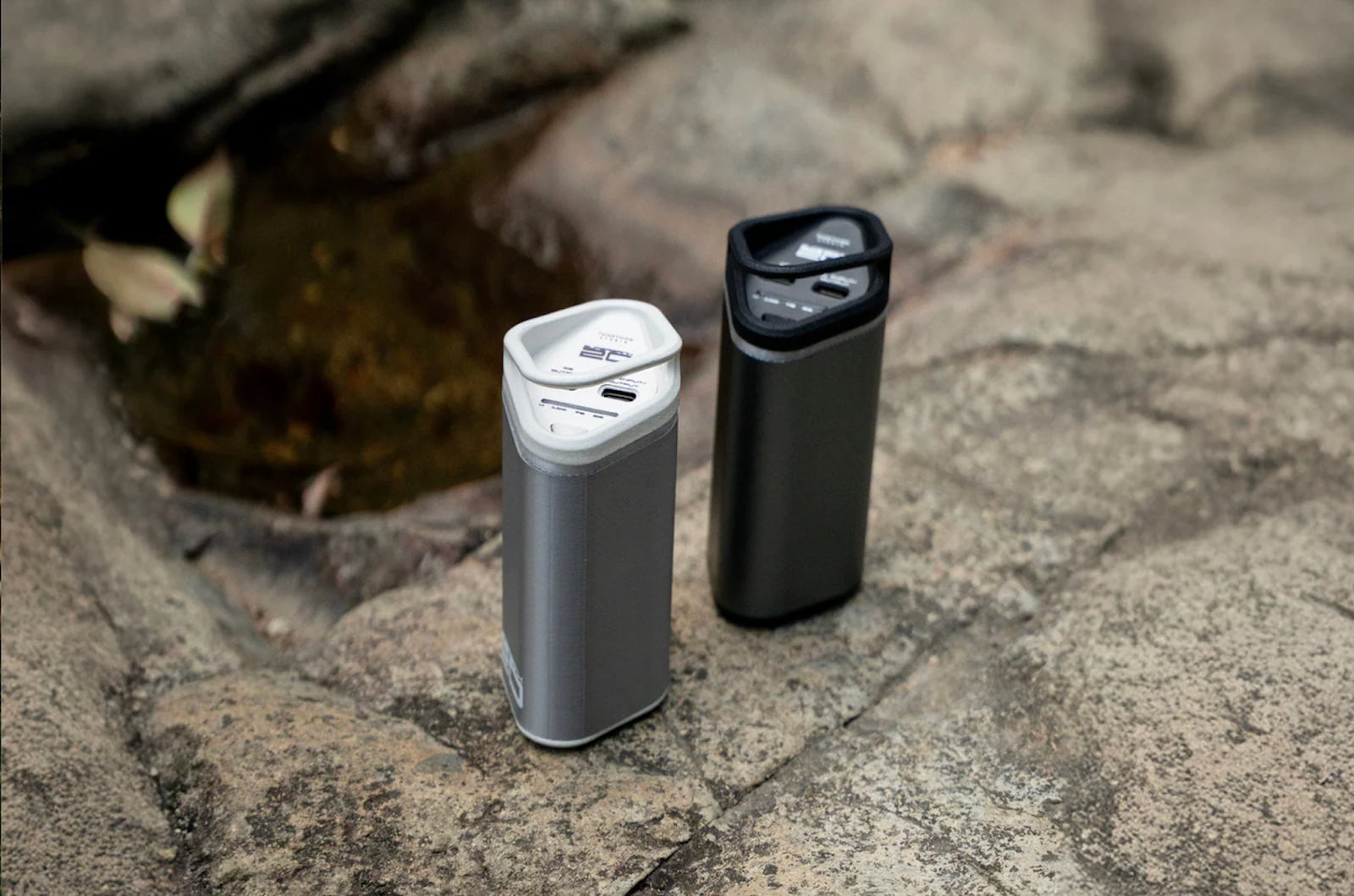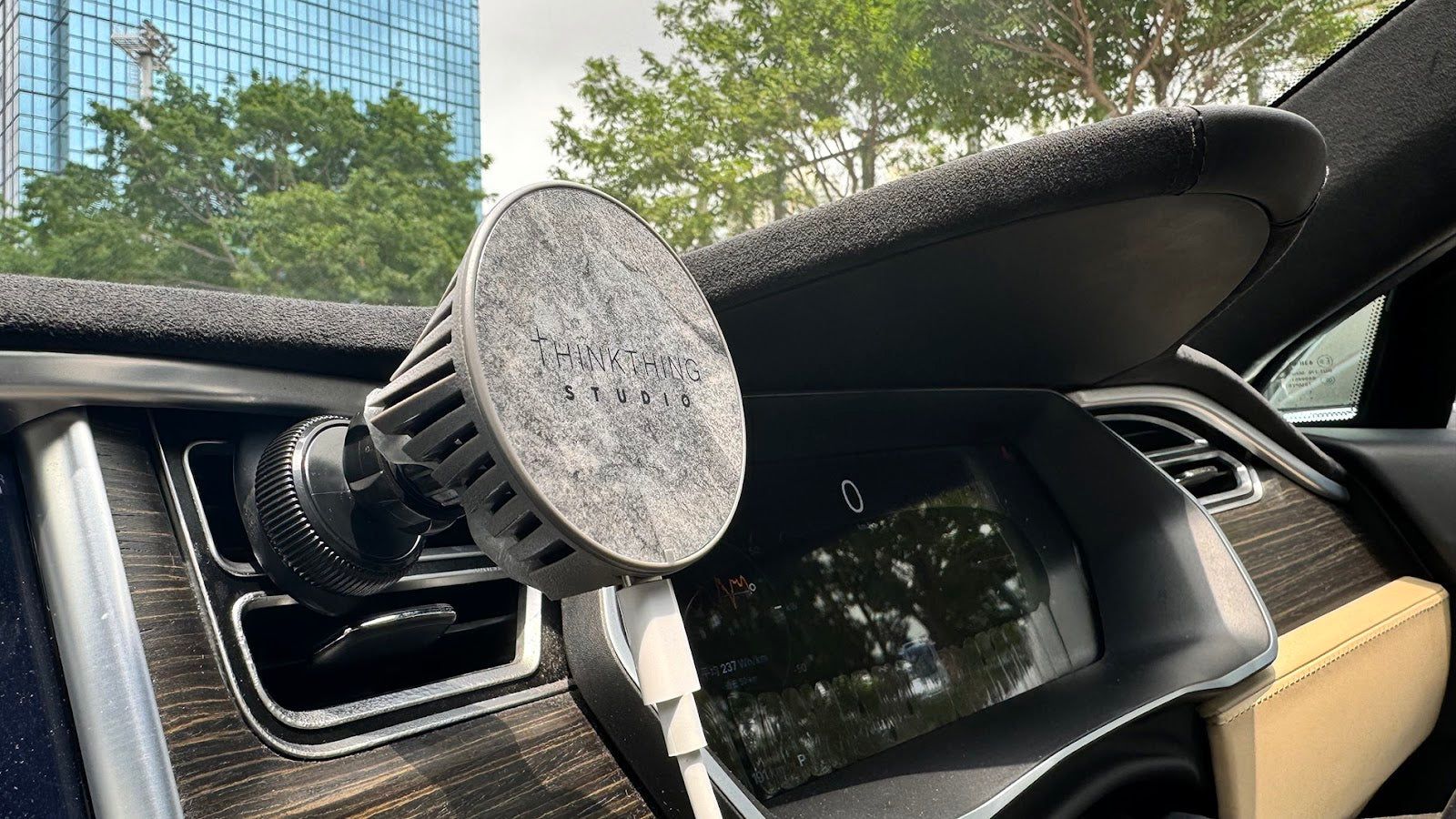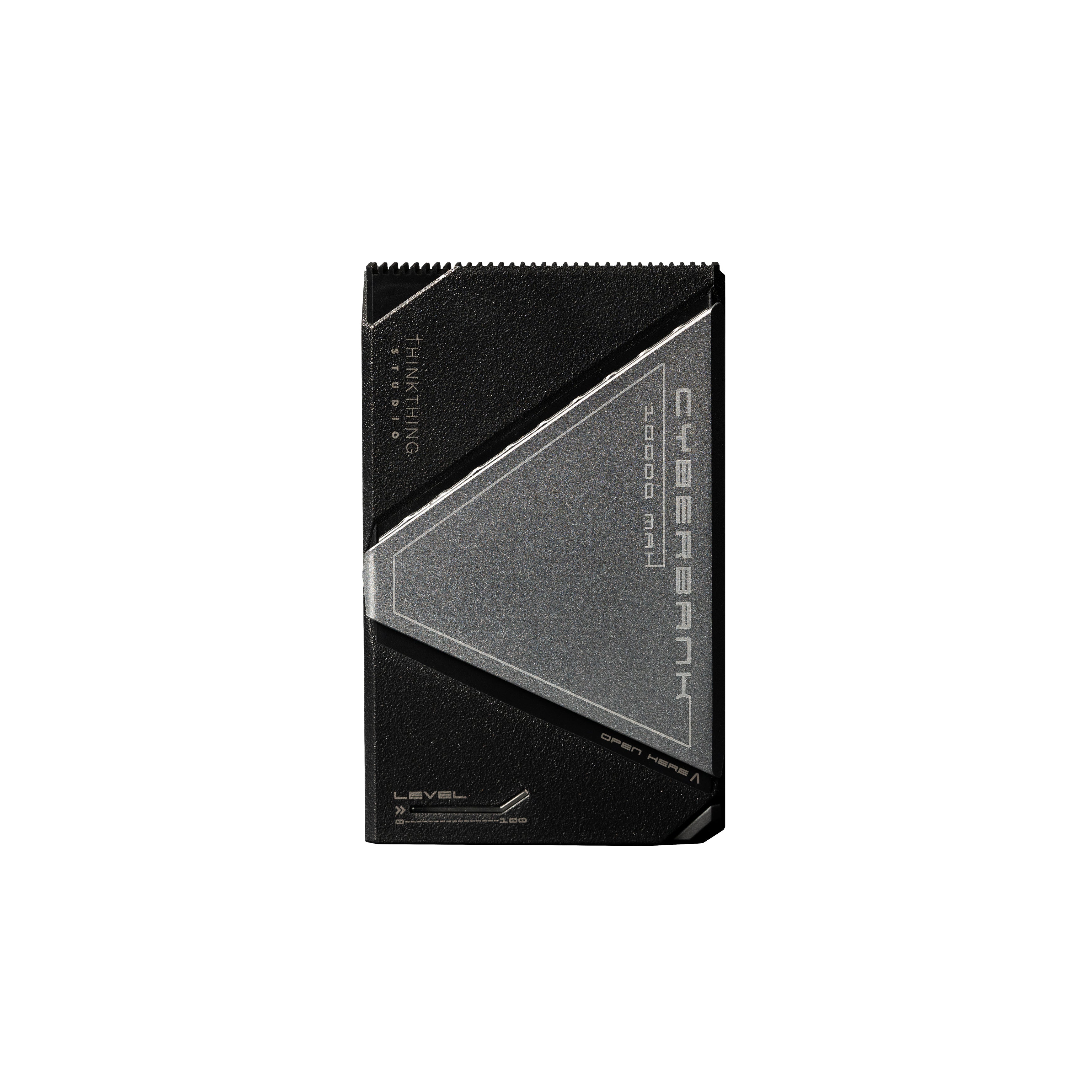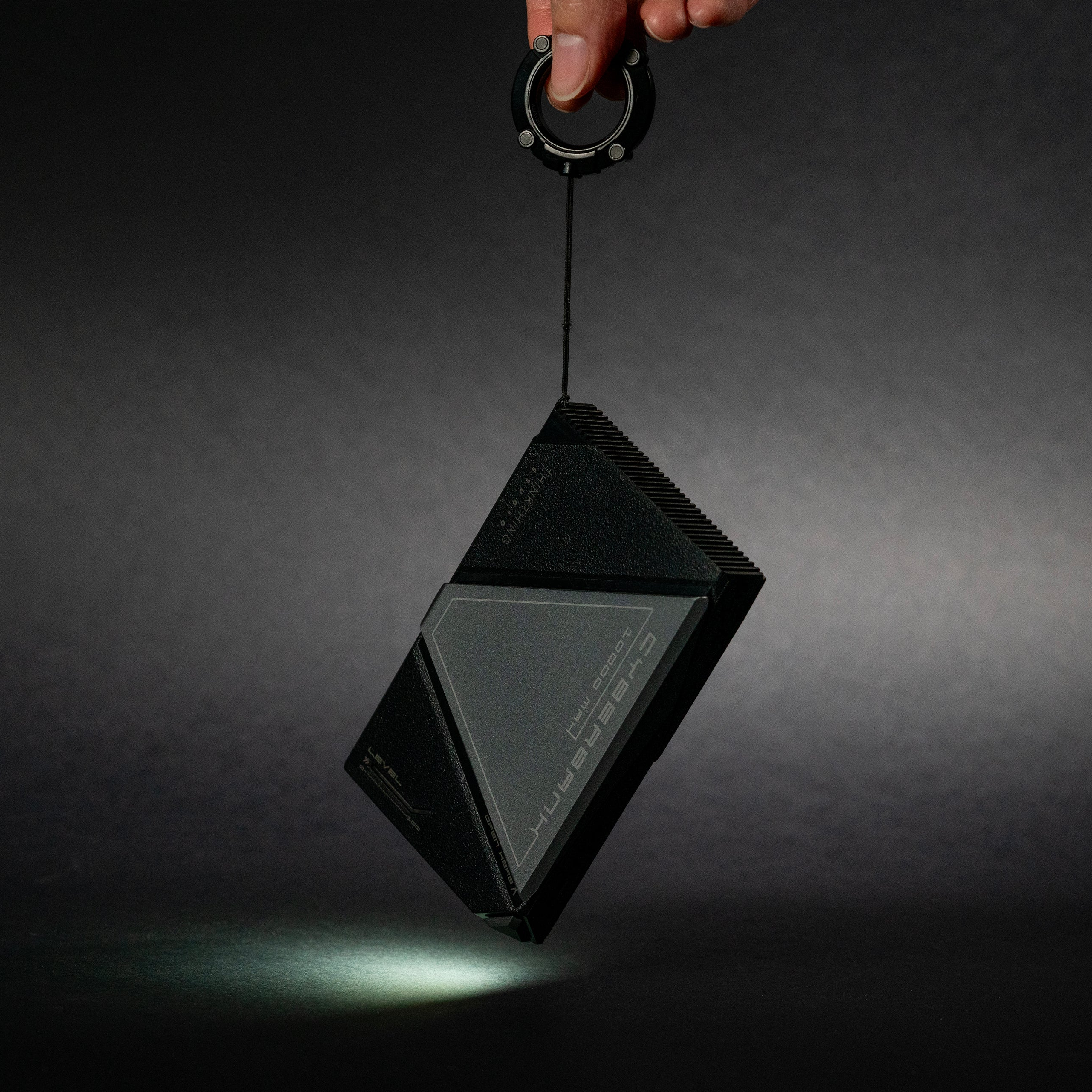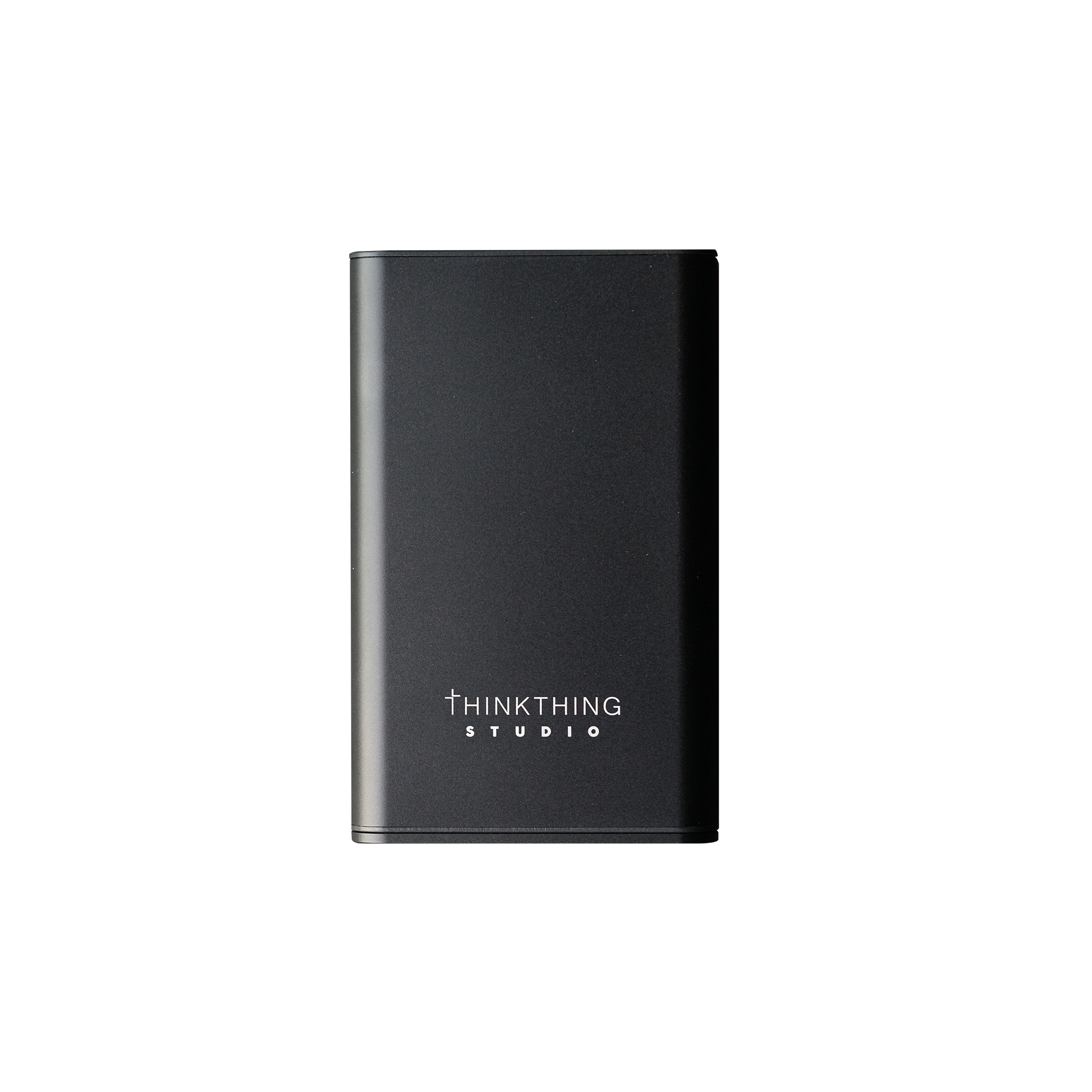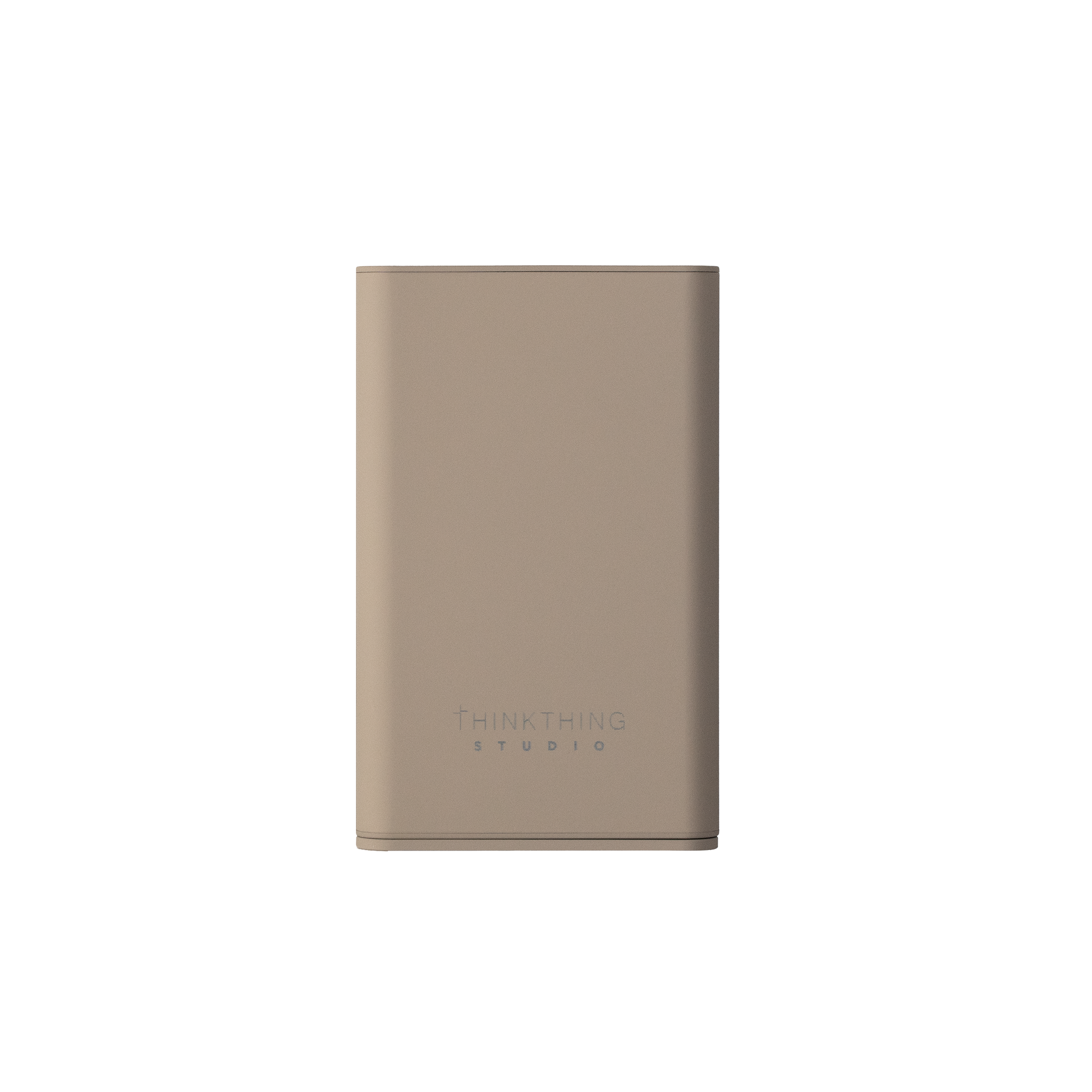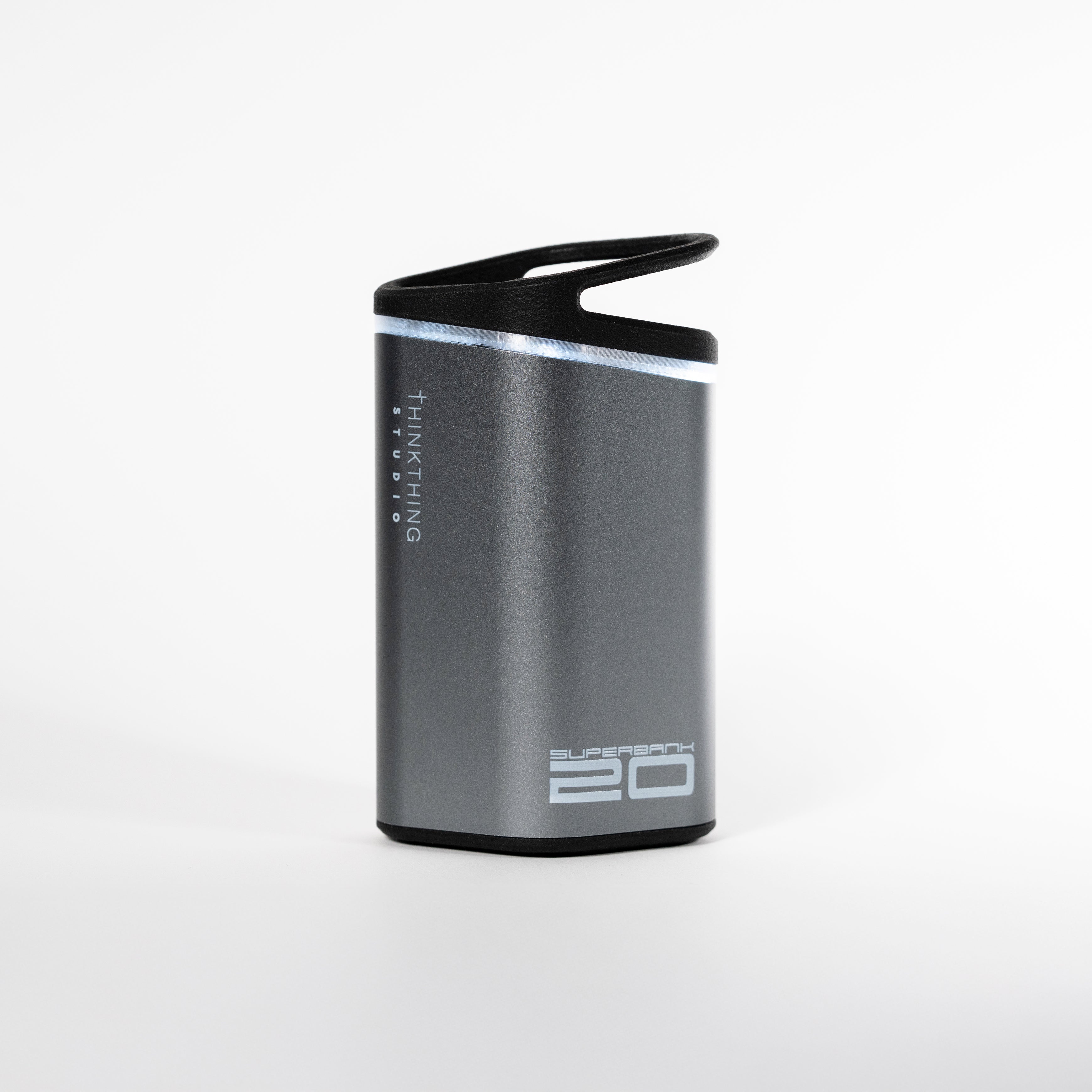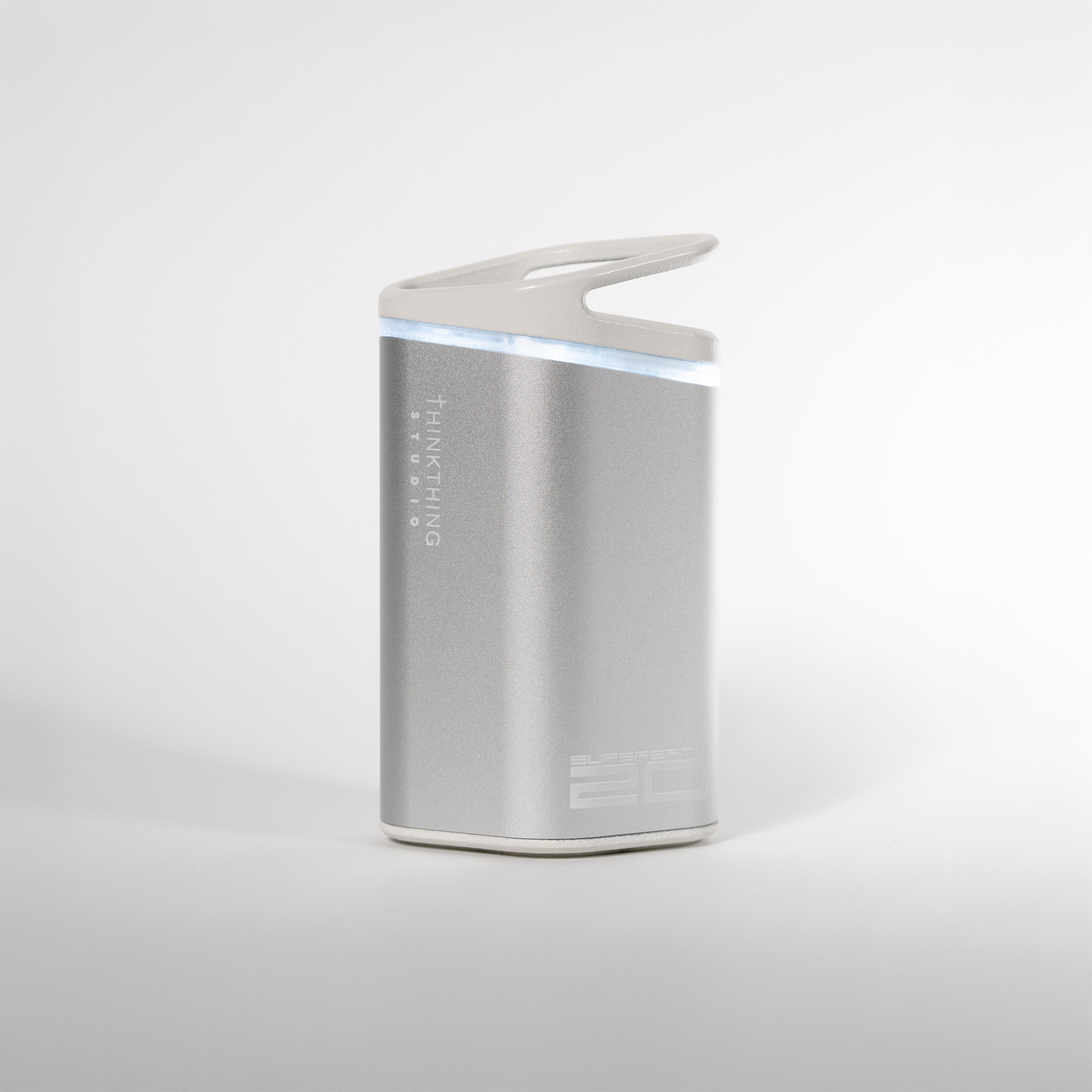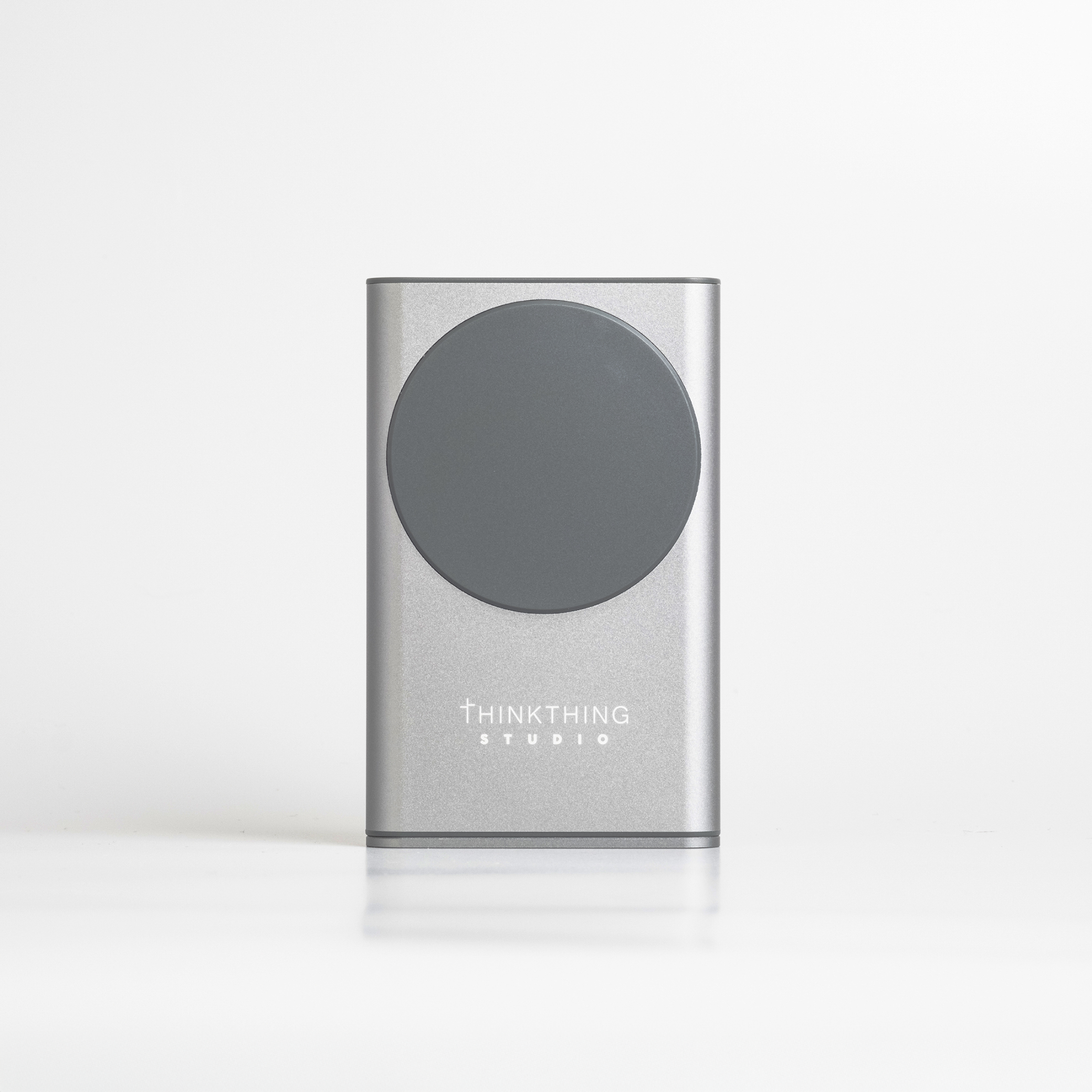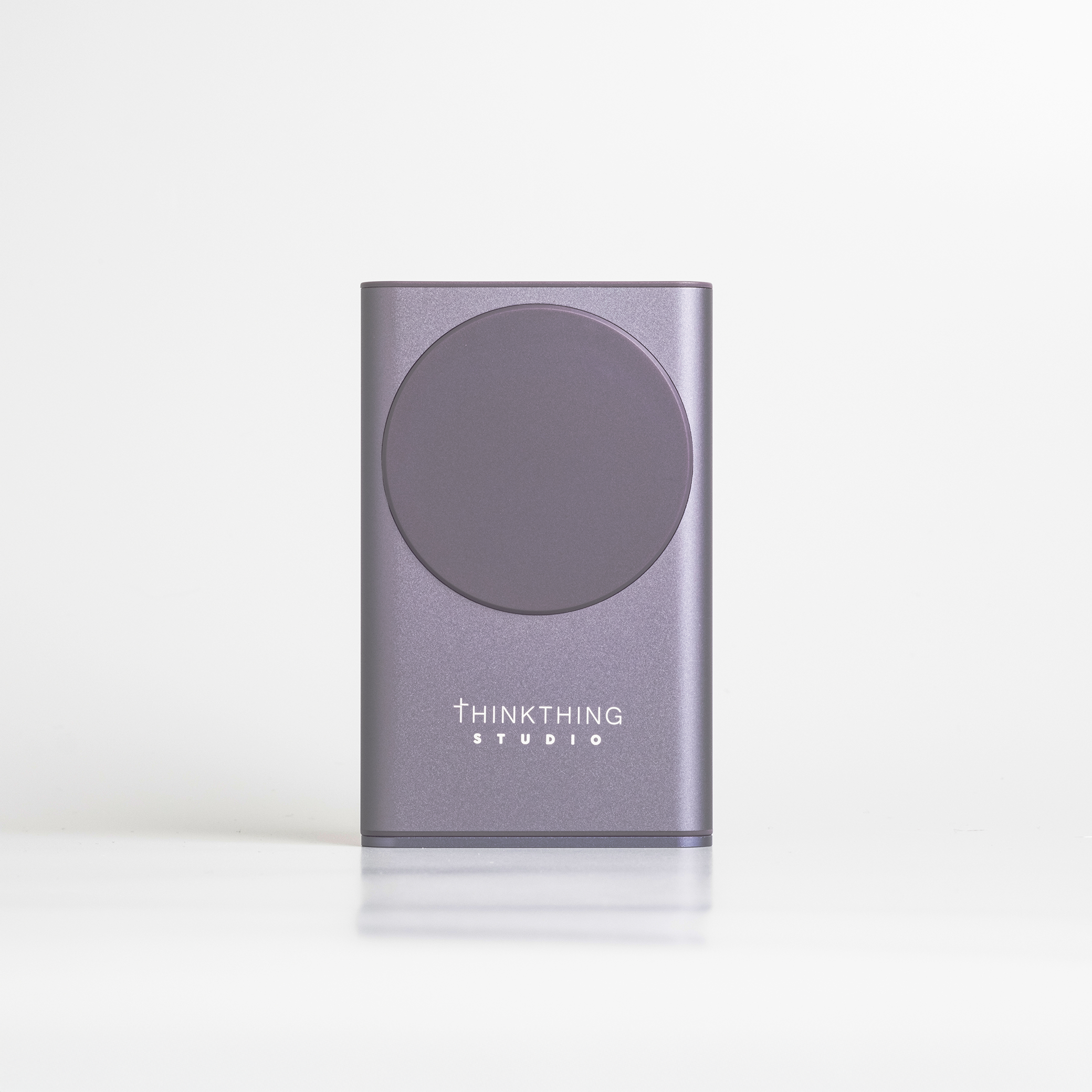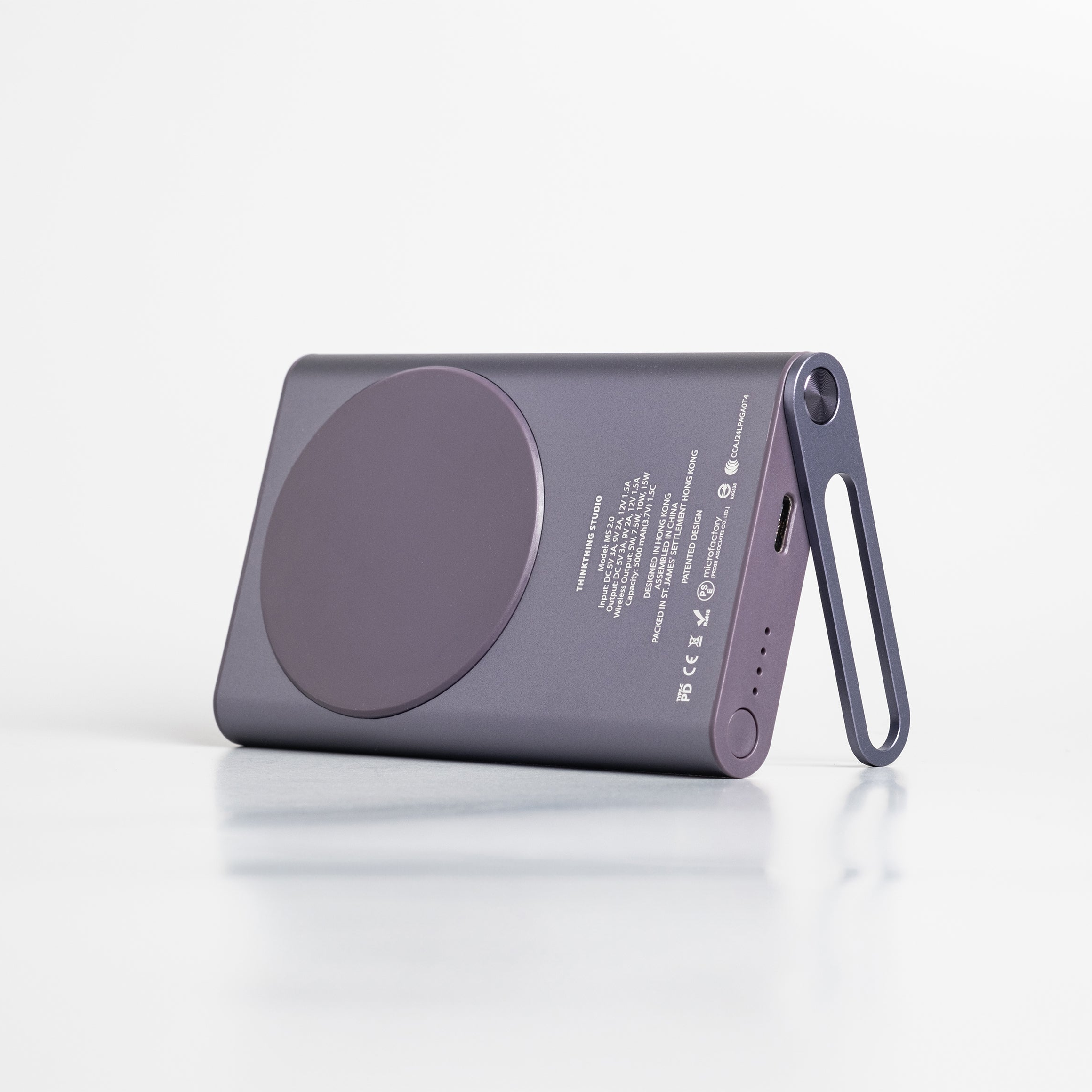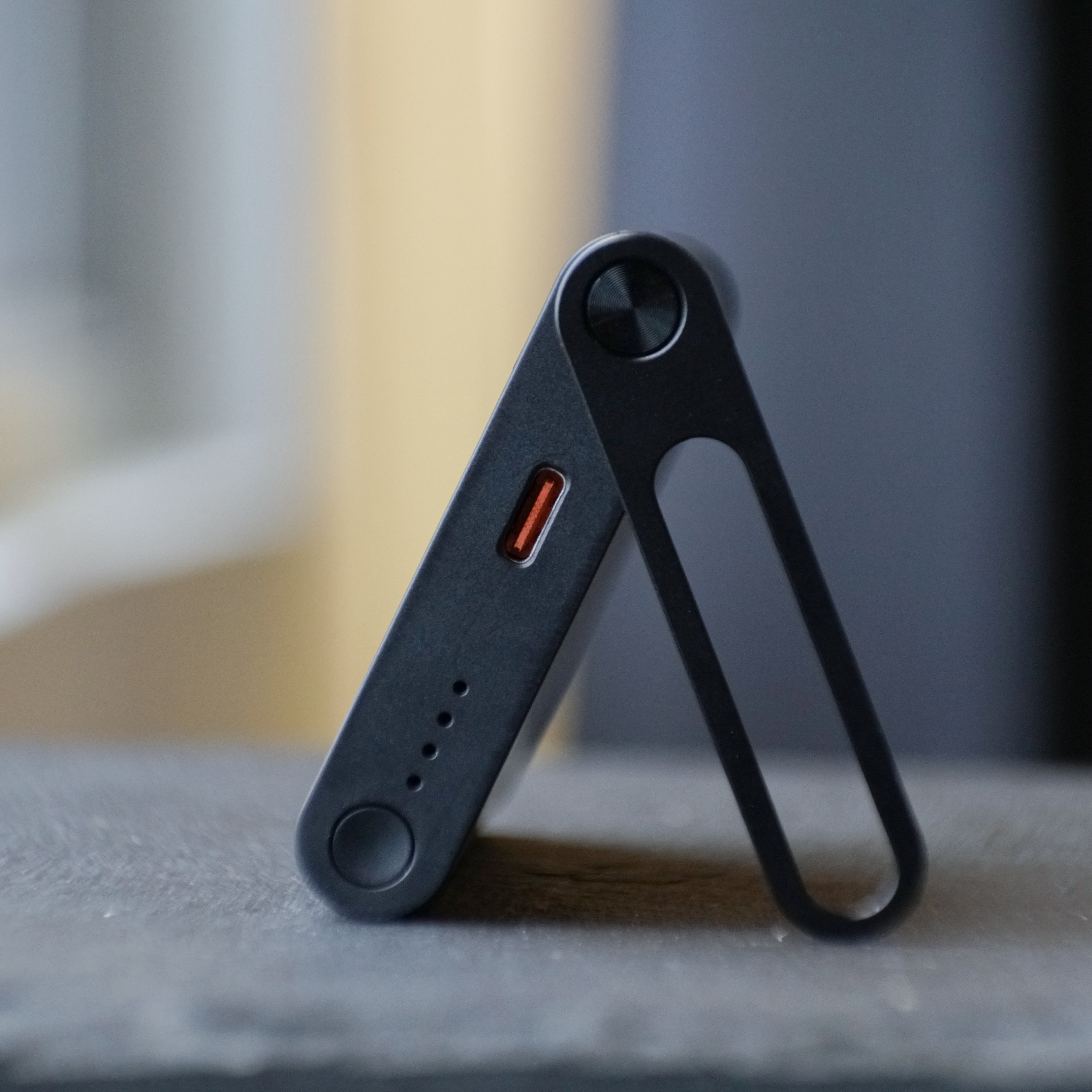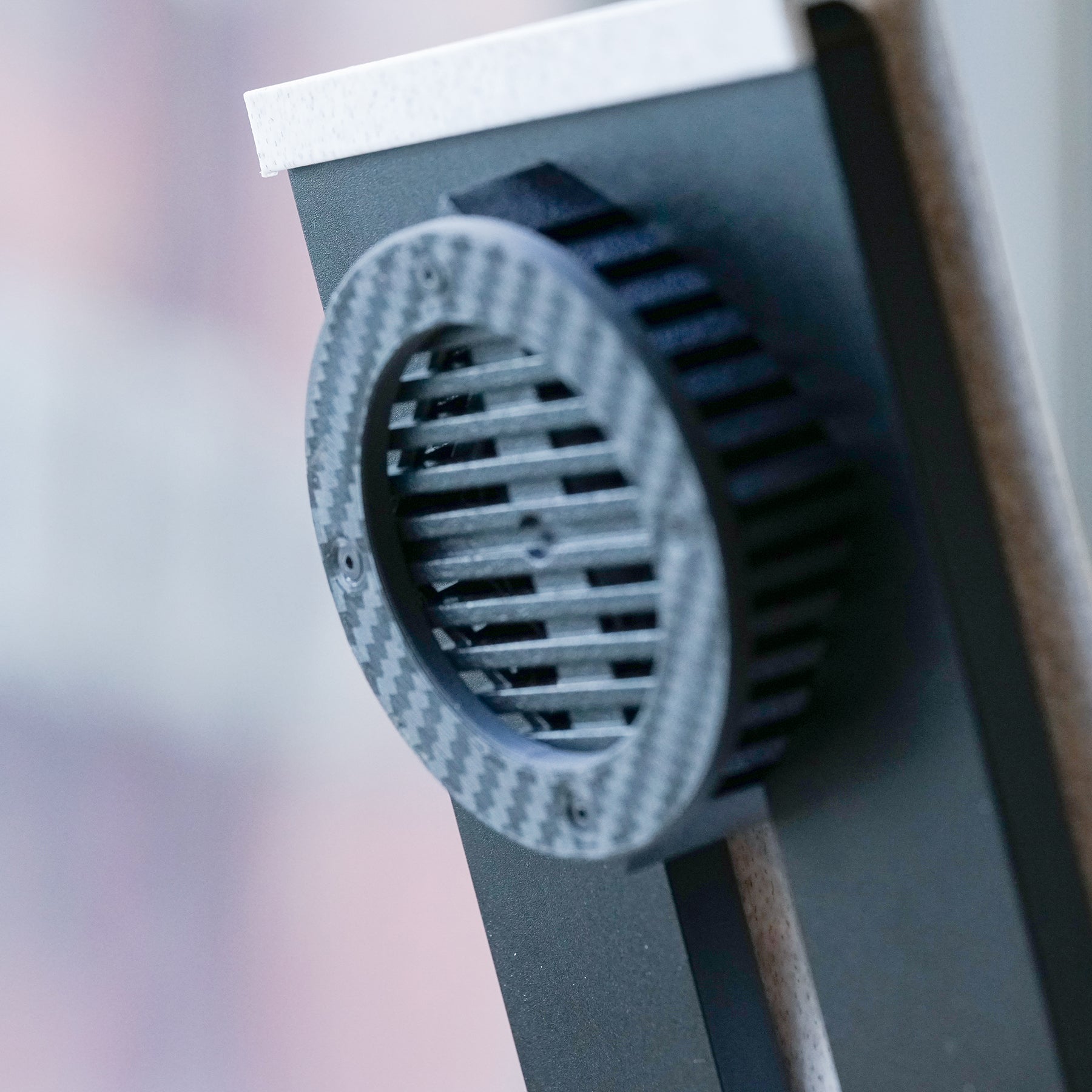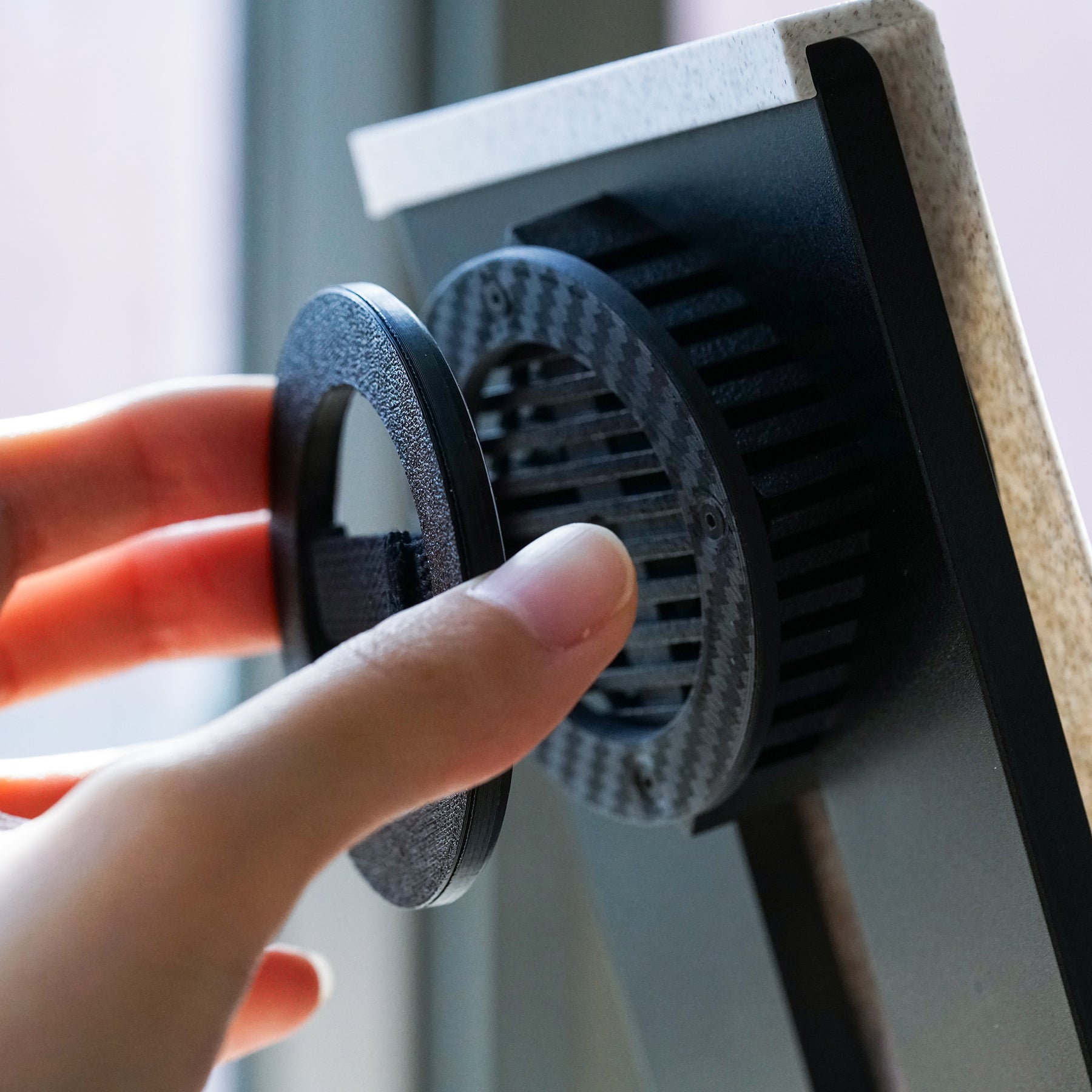Recently, there has been a surge of news reports about power bank explosions. Many people have reached out to our founder, Jason, asking how to tell whether a charger is safe and reliable. With so many types of power banks on the market, not all products come equipped with sufficient safety mechanisms. What many consumers don’t realize is that opting for low-quality or uncertified power banks could pose significant safety risks.
That's why we've decided to publish this article to break down the causes of power bank explosions and share practical tips to avoid such dangers.
Looking for a safe, stable, and practical power bank? Click here to check out our SUPERBANK 20,000mAh and enjoy early bird offers! Our latest SUPERBANK has won multiple design awards and delivers both safety and stability in daily use.
Why Do Power Banks Explode? 8 Key Reasons You Should Know
Reason 1: Improper Battery Type
Different brands and types of batteries vary significantly in safety and stability. Some power banks, in pursuit of ultra-thin designs, use ROMOSS batteries, which are more prone to overheating and swelling—especially during high-power output. These batteries may fail to manage internal chemical reactions properly, potentially leading to fire or explosion.
Consumers should opt for certified brands and understand the battery safety behind the product, avoiding low-quality or unverified batteries.
Reason 2: Poor Internal Structure
If the internal layout of a power bank lacks sufficient space for battery expansion, the risk of explosion increases. When a battery swells in a cramped space, it may puncture the insulation layers, causing short circuits or fires. A well-designed internal structure prevents such risks by allowing safe battery expansion and protecting insulation components. Choose products with a well-thought-out internal design that are endorsed by professionals.
Reason 3: Overly Thin Casing
The casing directly affects battery safety. If too thin, it cannot support the battery when it expands, potentially cracking and causing a short circuit or malfunction. The pressure buildup inside can result in an explosion.
Also, some power banks may feel cool to the touch, but could already be overheating internally. Good heat-dissipating materials (like aluminum alloy) are key to safety.
Reason 4: Poor Battery Quality
Low-quality batteries are prone to internal failures, overheating, swelling, and even exploding. They cannot handle high workloads or long usage durations, which reduces their lifespan and increases explosion risks.
Reason 5: Overcharging or Over-discharging
Prolonged overcharging or over-discharging stresses the battery, destabilizing chemical reactions and causing swelling or leaks. Over-discharging also reduces battery capacity and increases failure risk, potentially leading to structural damage or overheating—and ultimately, explosion.
Reason 6: Lack of Safety Protection Mechanisms
Without built-in safety features like overcharge, over-discharge, or short-circuit protection, a power bank can't respond effectively to anomalies. For instance, in the event of overheating or over-discharging, the device won’t automatically shut off, heightening the risk of danger.
Reason 7: Impact or Pressure Damage
When subjected to impact or pressure, a battery’s internal structure may be compromised, increasing the risk of short circuits or explosions.
In extreme conditions (e.g., pressure changes during plane takeoff or landing), low-quality power banks with poor design face greater risk. Cabin pressure drops at high altitudes may cause battery swelling or compression. If the power bank cannot handle such changes, it could overheat, short-circuit, or explode.
Reason 8: Exposure to High Temperatures
Long-term exposure to high temperatures—especially in summer or inside vehicles—accelerates chemical reactions within the battery, increasing explosion risk. High heat also shortens the battery’s life and may damage its internal structure. Avoid leaving power banks in direct sunlight or hot cars, and let them cool after use.
5 Ways to Prevent Power Bank Explosions

Tip 1: Choose Internationally Certified Products
Power banks with certifications like CE, RoHS, etc., have passed rigorous safety tests in their design and manufacturing process. These marks ensure the product is less likely to encounter issues such as overcharging, overheating, or over-discharging.
Tip 2: Avoid Overcharging or Keeping It Plugged In
Overcharging is a major cause of explosions. Leaving the device plugged in for too long puts the battery under constant pressure, increasing the risk of swelling or short circuits. Disconnect the charger once full, and avoid unnecessary long charging periods—even if the power bank includes overcharge protection.
Tip 3: Avoid Using in High Temperatures
Operating a power bank in hot conditions—whether under sunlight or in cars—speeds up internal chemical activity, increasing the risk of overheating or explosion. Always use the device in cool environments and choose models with efficient heat dissipation designs.
Tip 4: Regularly Inspect the Battery
Over time, batteries may swell or leak due to degradation. These signs are warning signals. Regularly inspect the exterior of your power bank, and if swelling or deformities are found, stop using it immediately and replace it.
Tip 5: Avoid Dropping or Impact
Store your power bank securely to prevent drops or bumps. Use shockproof cases or pouches to minimize physical damage and ensure safe operation.
SUPERBANK 20,000mAh Power Bank Recommendation|Safe & High-Efficiency Choice

Perfect for Charging Laptops, Winner of Multiple Design Awards
The SUPERBANK 20,000mAh supports high-power input, making it ideal for people who work on the go. Its award-winning design blends aesthetics with functionality.
Uses 21700 Ternary Lithium Cylindrical Batteries – Stable & Safe
Equipped with 21700 ternary lithium cells, this power bank offers excellent capacity and stability, supporting extended high-power input/output. Compared to regular batteries, it provides a more stable current, ensuring the device stays cool and safe.

Aluminum Alloy Casing for Effective Heat Dissipation
The sleek aluminum alloy exterior not only looks great but also dissipates heat efficiently, preventing overheating during charging and protecting the battery.
Dual Protection Mechanism: Built-In PCBA & NTC Thermistor
The SUPERBANK features dual protection, including a PCBA and NTC thermistor on the short-circuit protection board. This allows it to automatically cut off power in abnormal situations, preventing issues like overcharging, over-discharging, and short circuits—ensuring user safety.

